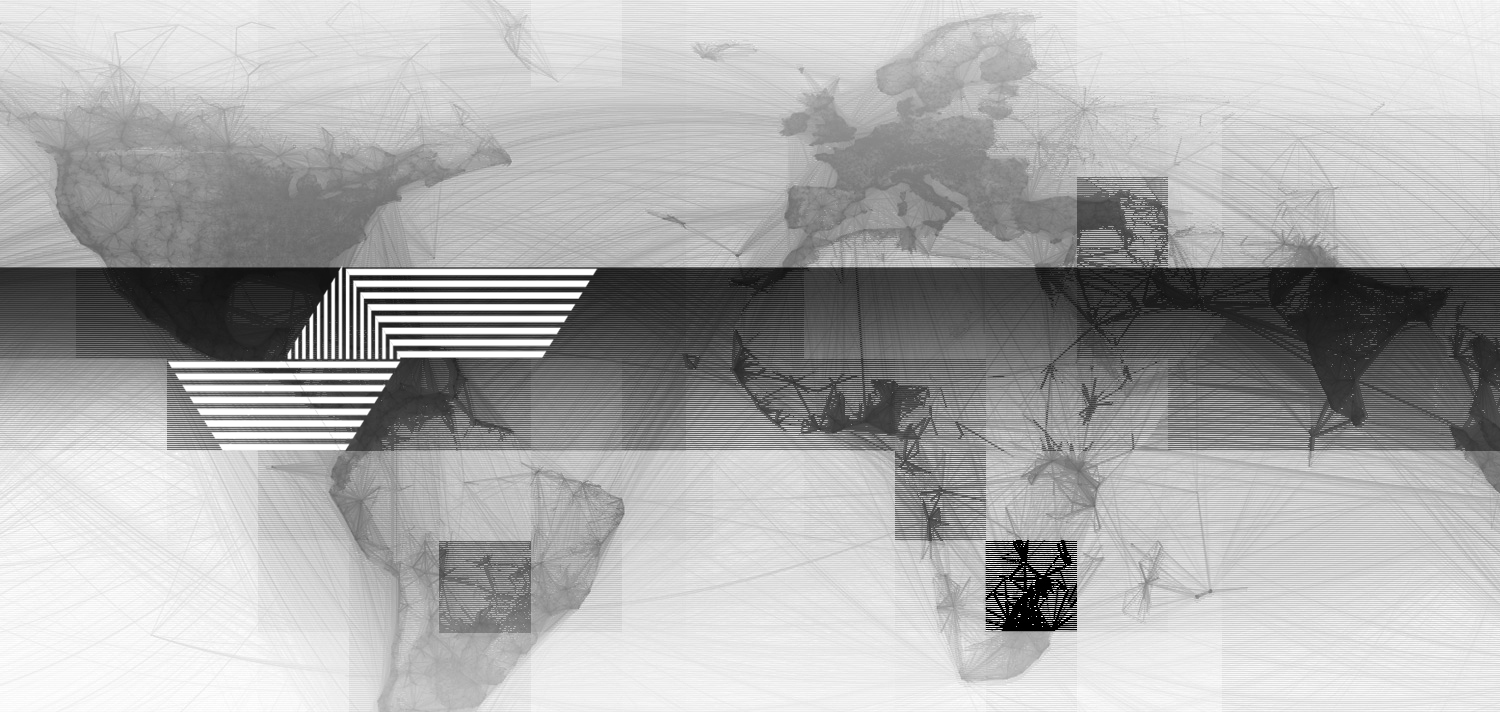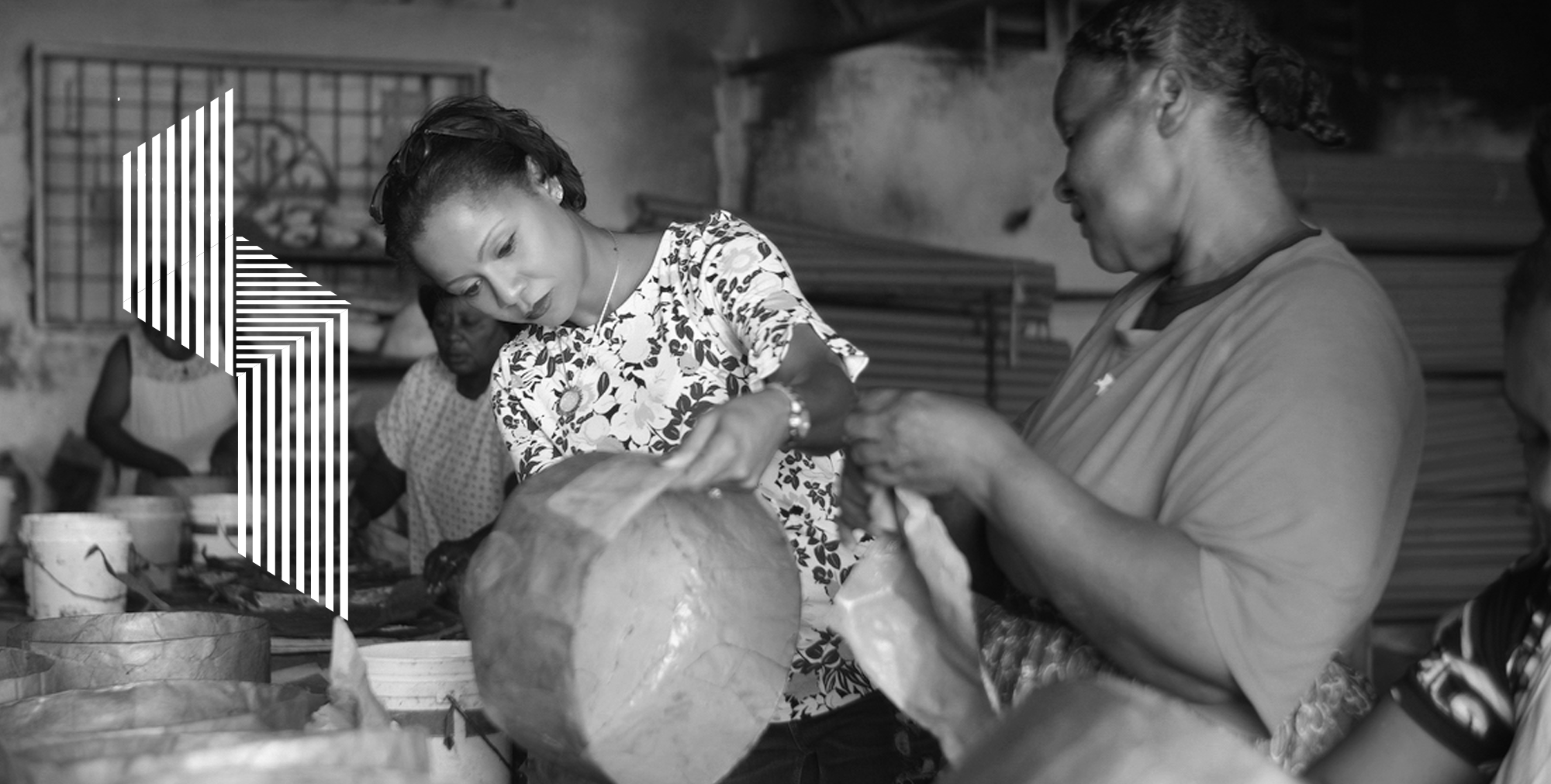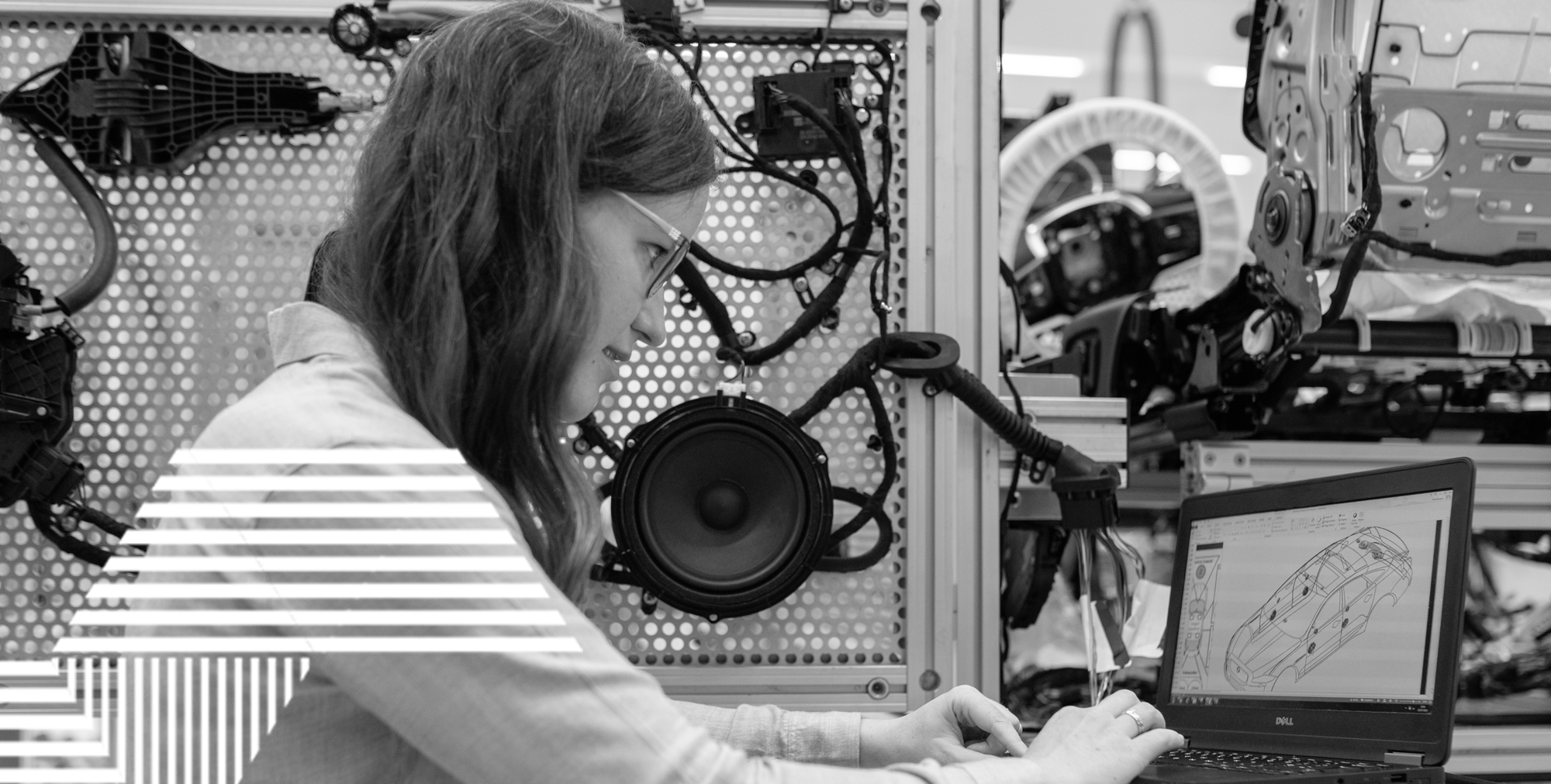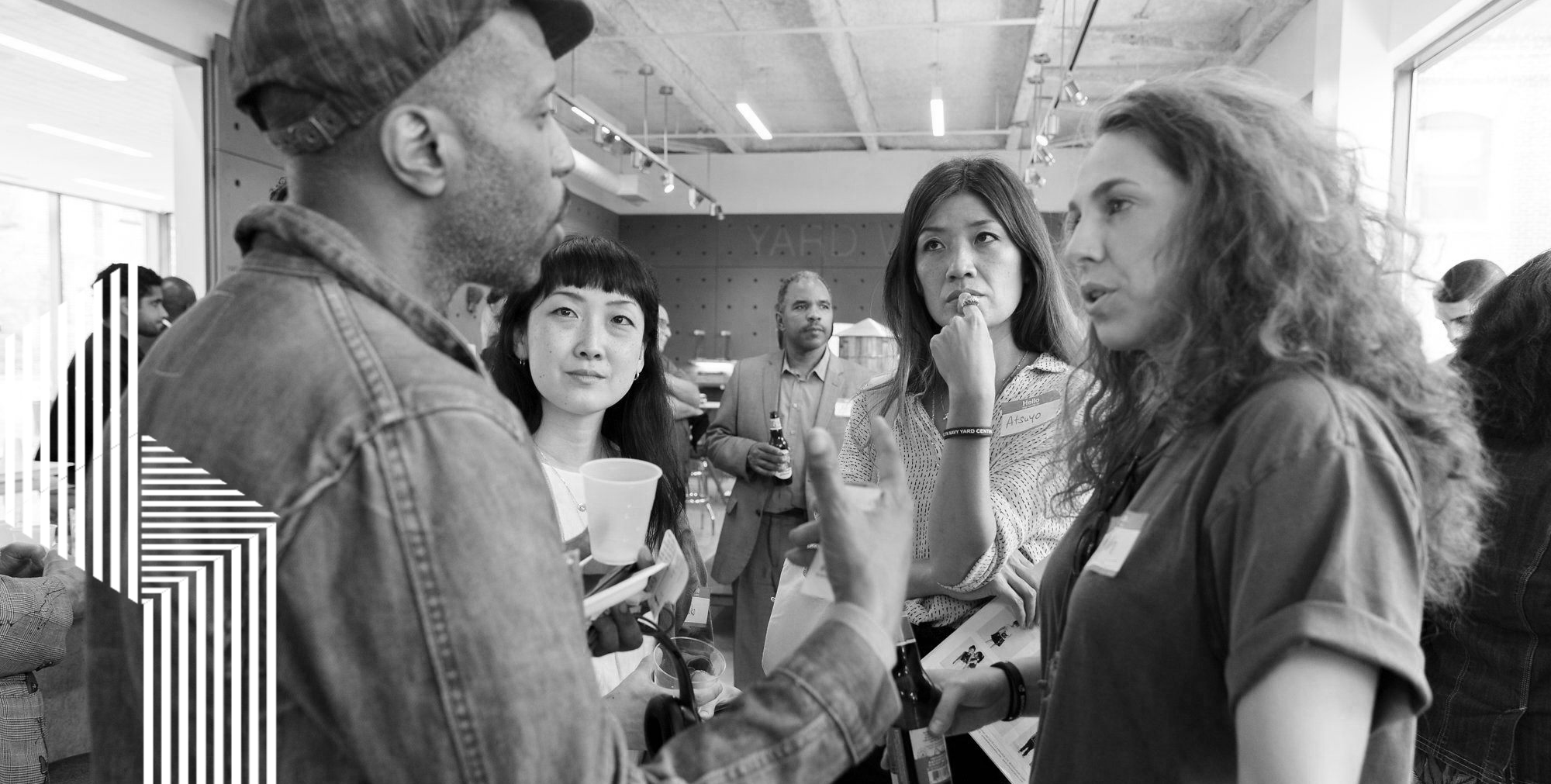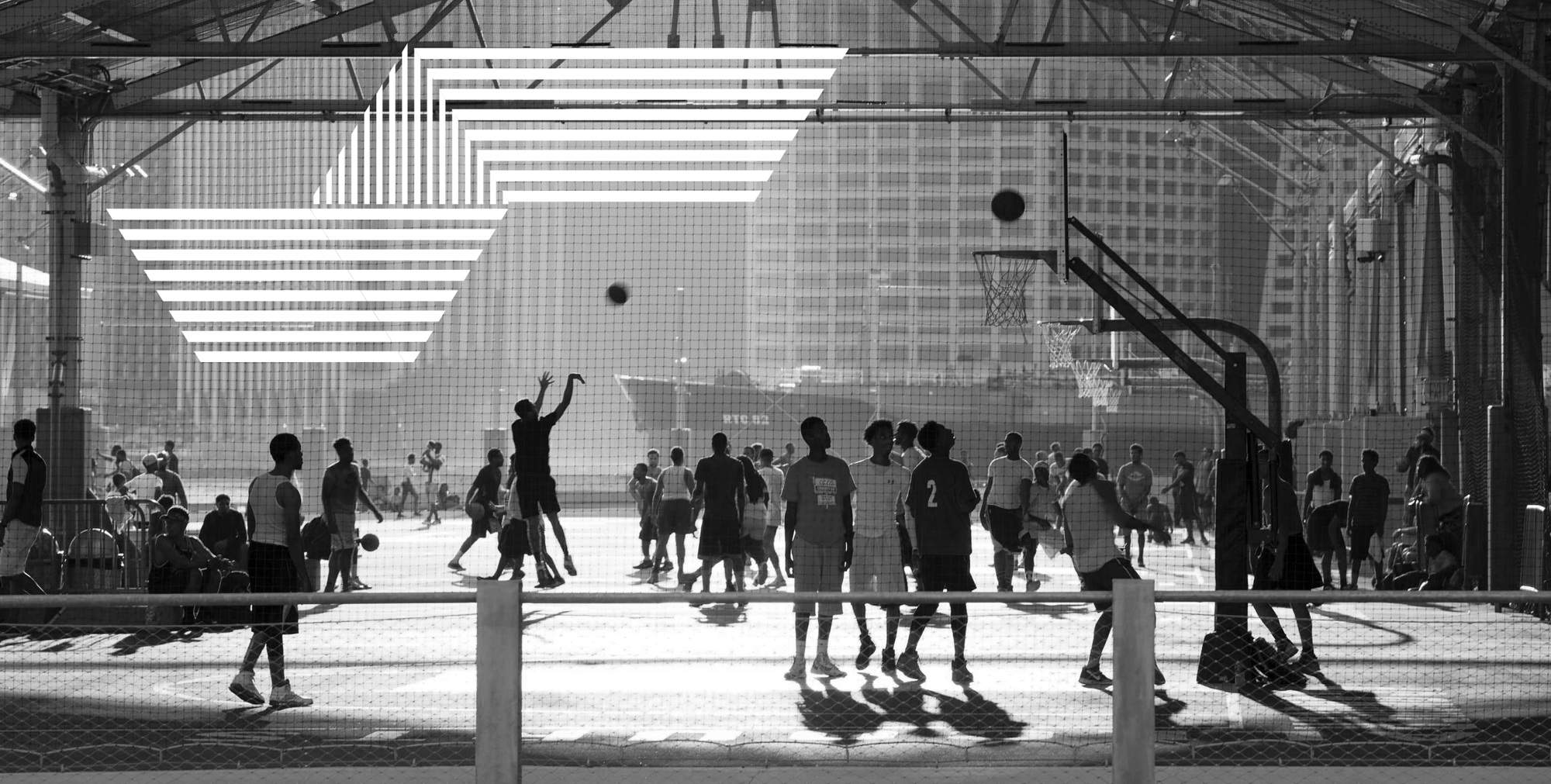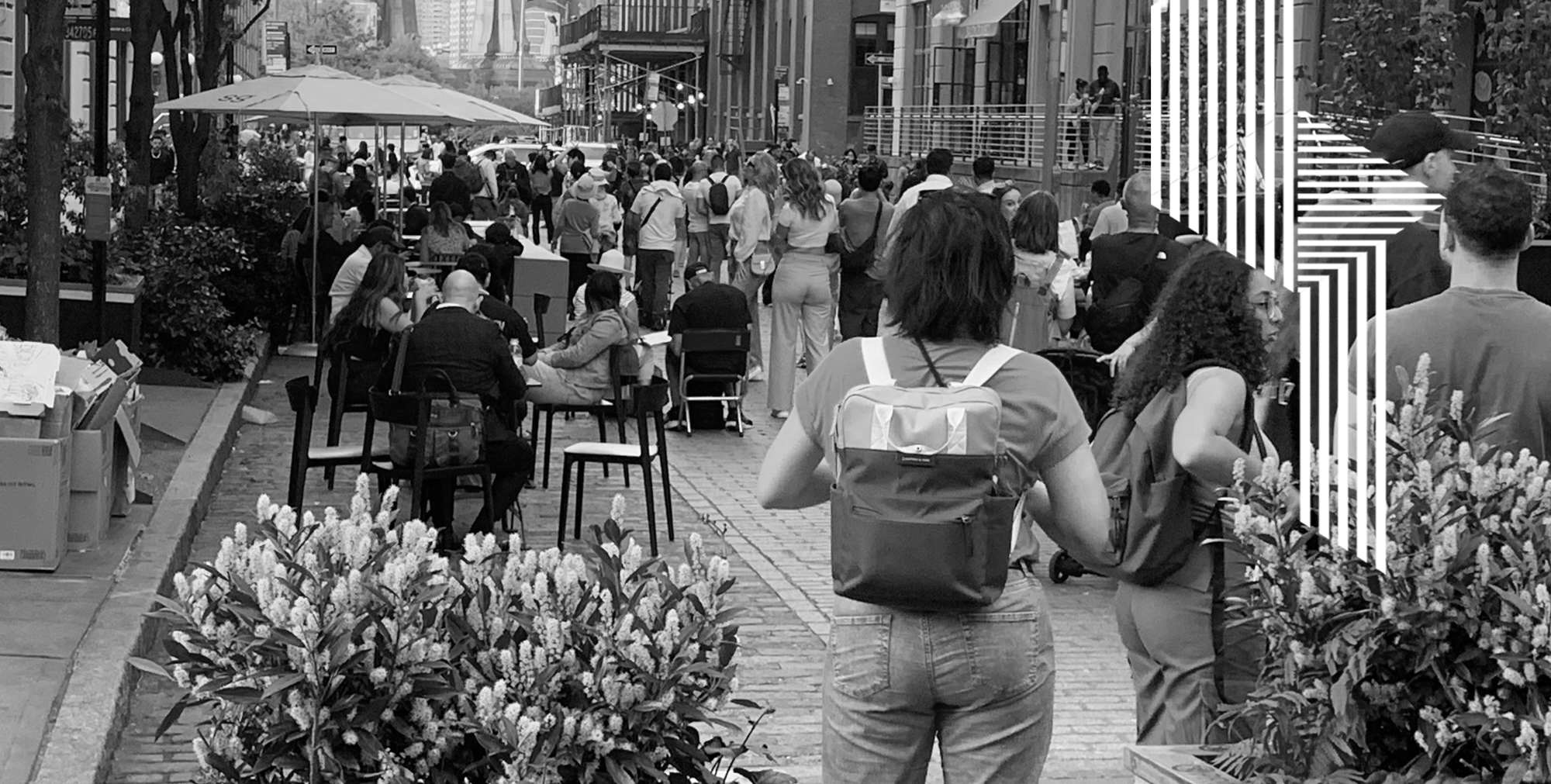Last night, during a dinner discussion about which colleges to visit during his spring break, my 16-year-old caught me off guard. Instead of suggesting schools, he pointed out that the most successful people he could think of had dropped out of college. He listed tech entrepreneurs who have become household names: Bill Gates, Steve Jobs, Larry Page, Sergey Brin, and Peter Thiel. Before he could propose that maybe he didn’t need college either, I asked him, “What else do all these guys have in common?” “They were entrepreneurial,” he said. “I’m not sure that’s entirely true, and what does being entrepreneurial even mean?” I responded.
One thing is clear—they were all significantly supported by elite institutions. Harvard University provided Gates with access to advanced computing resources and networks that supported his founding of Microsoft. Although he dropped out of Reed College, Steve Jobs continued learning through auditing classes and leveraged his Silicon Valley connections, notably through the Homebrew Computer Club, to launch Apple. As Stanford PhD candidates, Larry Page and Sergey Brin utilized the university’s resources and Silicon Valley connections to develop and launch Google. Similarly, Peter Thiel’s education and networking at Stanford University were crucial for his co-founding of PayPal and early investments in Facebook. Does Thiel really have the authority to tell young people not to go to college? Would we even know his name if he had not attended Stanford? It wasn’t just academic institutions that propelled today’s celebrity entrepreneurial dropouts with the support they needed to thrive but the entire ecosystem in which they lived. Silicon Valley became what it is today because of the billions in government research and development tech grants invested there. These entrepreneurs had access to education, capital, and legal systems that would prevent others from claiming their intellectual property.
Over the course of my career, I have had the privilege of working alongside entrepreneurs in places like Haiti and Afghanistan, where survival is a daily exercise in entrepreneurial spirit—one that requires initiative, verve, and resourcefulness. There is very little, if any, access to academic institutions, capital, and sometimes even basic infrastructure, such as functioning roads and ports. I think of Magalie Dresse, the Haitian entrepreneur who owns Caribbean Craft, which manufactures handmade Haitian crafts for export to North American retailers. When she received her first large export order, which required her to build a staff, she quickly realized that her employees lacked basic financial literacy because they did not have bank accounts. She found a way to collaborate with a Haitian non-profit focused on literacy training. This partnership helped her employees learn essential skills, making the business more efficient and improving their personal lives. Magalie’s business is one of the rare ones that has continued to exist through earthquakes, pandemics, and government coups. It’s an example of the power of directly investing in and empowering local people from the ground up.
Witnessing entrepreneurs in Haiti and similar environments underscores the critical need for AI solutions that prioritize their needs. While AI has the potential to significantly boost the productivity of small businesses, the current tech landscape predominantly serves larger corporations with a top-down approach. Instead, we are building AI solutions that serve small businesses that leverage the local community. We are guided by our experience working with true entrepreneurs who not only overcome real risk but would, incidentally, jump at the chance to go to college.
